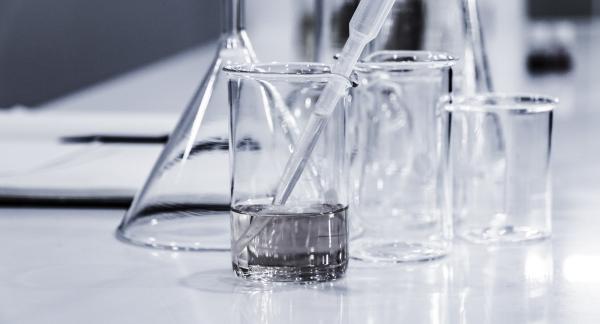Evaluation and Life Cycle Comparison of Ex Situ Treatment Technologies for PFAS in Groundwater
Abstract
The objective of this research was to assess the effectiveness of GAC adsorption, IX, and membrane processes for the removal of PFAS from different source waters and quantify the benefits and dis-benefits (treatment capacity, life cycle costs, etc.) for each technology as either stand-alone processes or integrated treatment trains. Specific objectives were to:
- Develop a comprehensive assessment framework for ex-situ PFAS treatment technologies
- Generate a PFAS treatment efficiency database to support the development of a decision support tool
- Develop a treatment technology decision support tool
All three technologies (GAC, IX, and high-pressure membranes) studied in this research showed great ability to remove PFAS from different source waters. However, the removal efficiency was impacted by various factors such as total organic carbon, empty bed contact time, and nitrate. An Excel® based decision support tool was developed as part of the scope. The tool provides a pathway to comprehensively evaluate PFAS treatment technology options consisting of GAC, IX, and high-pressure membrane systems for groundwater remediation.
This project was funded by the Department of Defense (DOD) and has a total research investment of $900,452. The final report and decision support tool are available through the DOD website.

